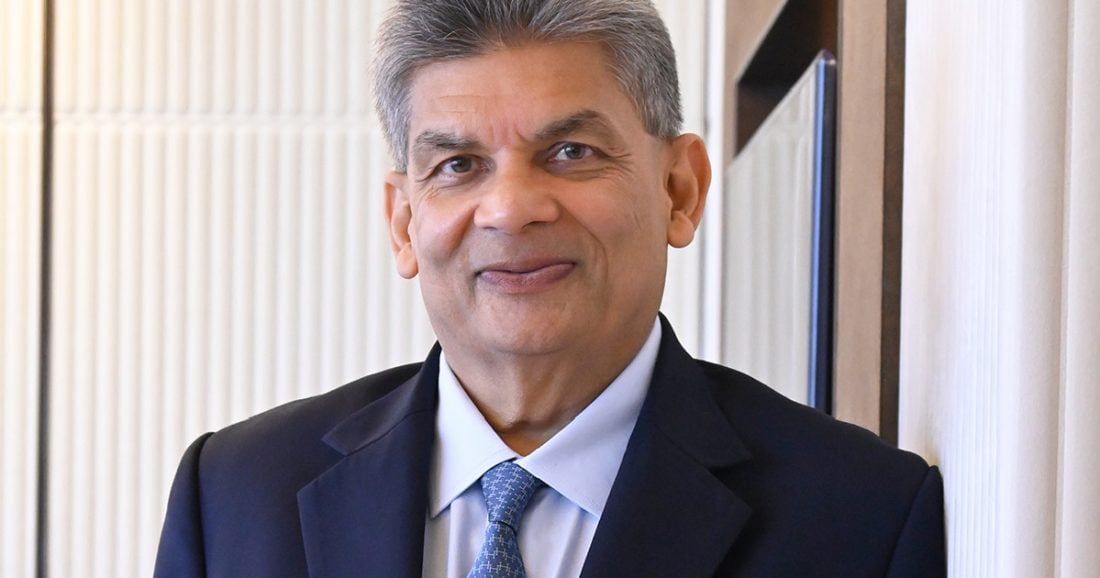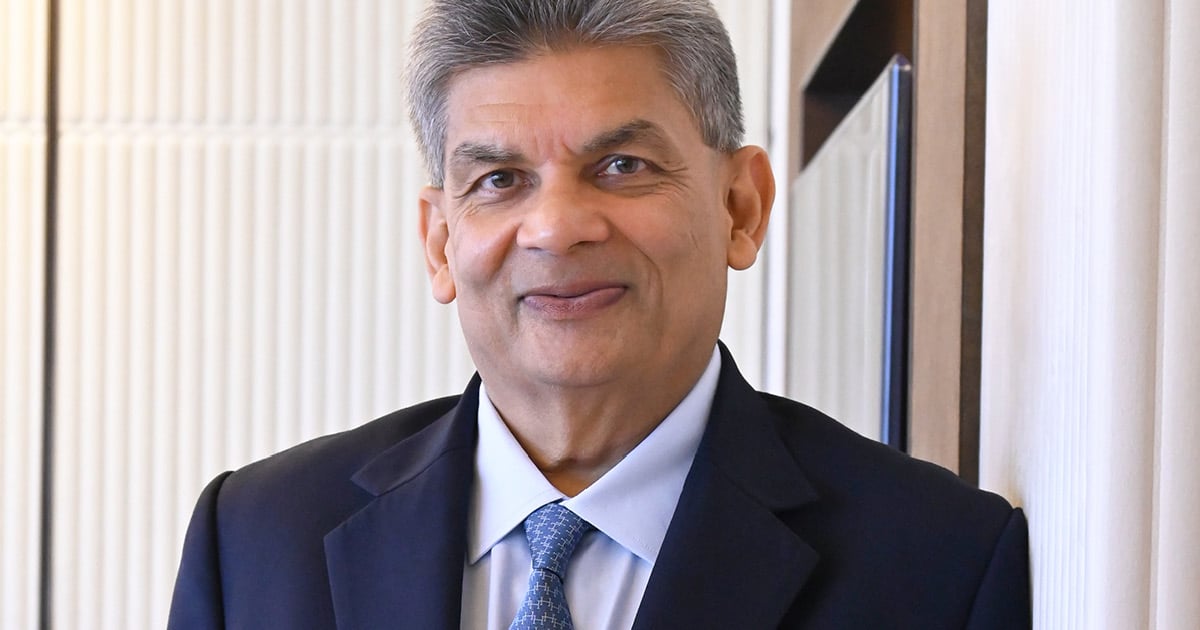For centuries, India was the only country on Earth to mine diamonds. Then in 1896, the exquisite rocks of crystalized carbon were discovered in South Africa, marking the beginning of a long-term decline for the subcontinent’s producers. Today, it accounts for only around one-tenth of a percent of the annual global haul. But that doesn’t mean diamonds aren’t important to the country’s economy. Far from it.
India is still the world’s biggest exporter, with an extraordinary nine out of every 10 diamonds cut and polished by its highly skilled experts. The tiny sparkling shards they craft make up a sizable proportion of jewelry and precious gem exports. That’s down by one-fifth in just 12 months due to a slump in demand, but is set to rebound as consumer confidence gradually returns.
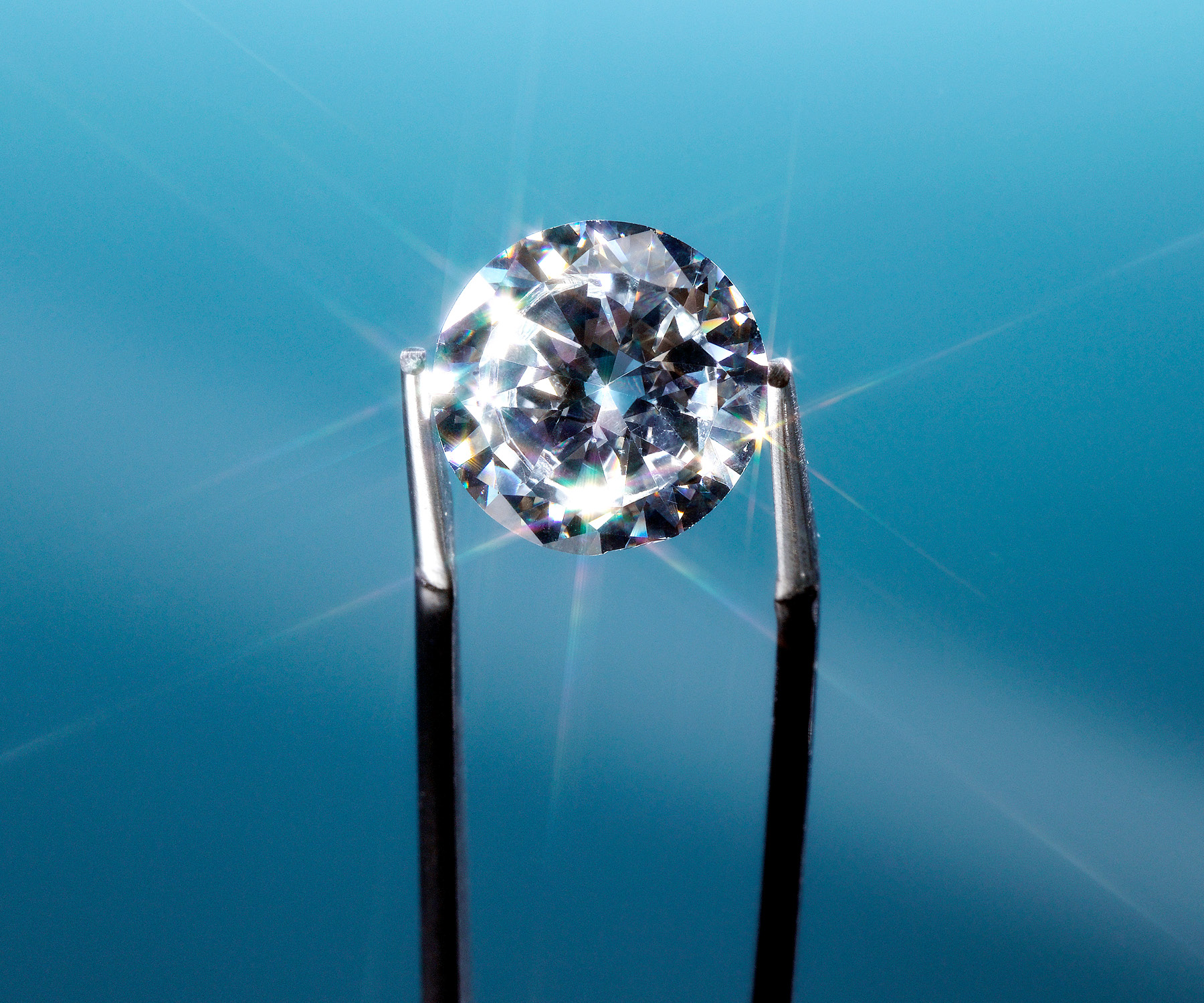
“I really had to push for change, but ultimately it happened, which was for the better.”
Someone who knows the local industry better than anyone is Nilesh Kothari, Managing Director of diamond manufacturer and distributor Jewelex India, the country’s largest studded diamond jewelry exporter. Kothari was an expert in valuing diamonds when he had barely even left school.
“My uncle started the company in 1966, so I was trained in polishing and grading them from a very early age,” he tells The CEO Magazine from his Mumbai office.
Rapid Expansion
It was the early 1980s and back then, the family business was called PD Kothari & Company. It specialized in importing diamonds from mines worldwide, carefully polishing each one, before sending them as loose diamonds overseas, with the United States as the biggest market.
Its international expansion began in 1974 when it opened an office in Antwerp. Four years later, a presence was established in New York, leading to further expansion into Hong Kong, Israel, Dubai and Australia.
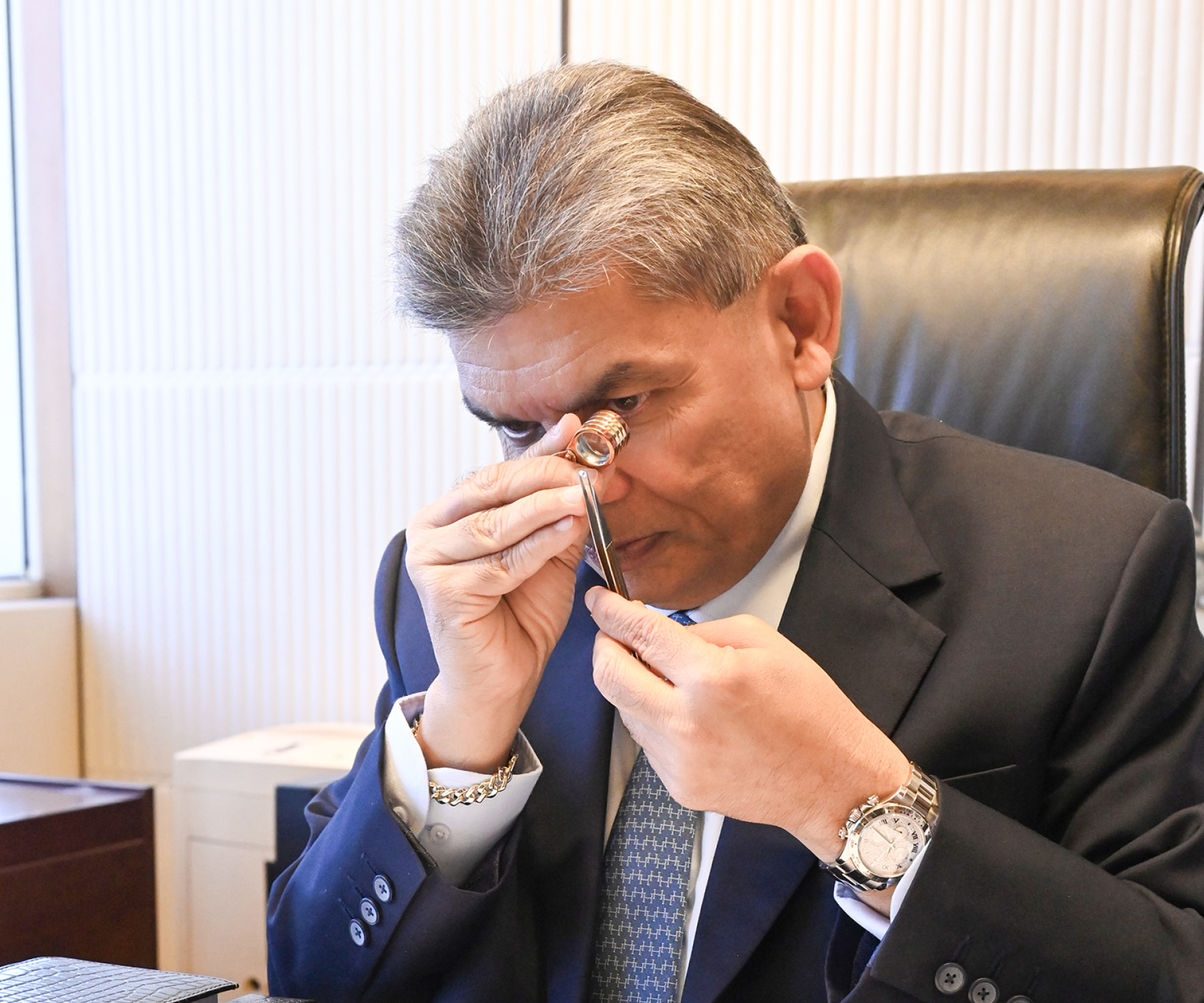
“We only work with the top retailers in each country and try to grow our businesses together as a partnership.”
After Kothari graduated college, he spent five years looking after the distribution of polished diamonds in Singapore before joining the family business in 1986, working his way up to become the first second-generation family member to run the company.
“A lot of things were done manually because there weren’t many computers in those days, so I started making changes,” he recalls. “It wasn’t easy, as I had to convince my parents, my uncle, even our partners. I really had to push for change, but ultimately it happened, which was for the better.”
A Peer of De Beers
In 2004, Kothari restructured the Group’s companies worldwide under the name Jewelex. He has grown it to become one of the world’s leading vertically integrated diamond and jewelry companies, and one of a select group of De Beers sightholders – firms authorized to bulk purchase diamonds from the South African and British mining giant.
“Our strategy has always been gradual and sustainable growth, and most years we’ve grown pretty decently,” he reveals. “For the first 25 years, we only manufactured diamonds and then we thought jewelry would be a good way to expand, which proved to be true, as now it represents about 65 percent of our revenue.”
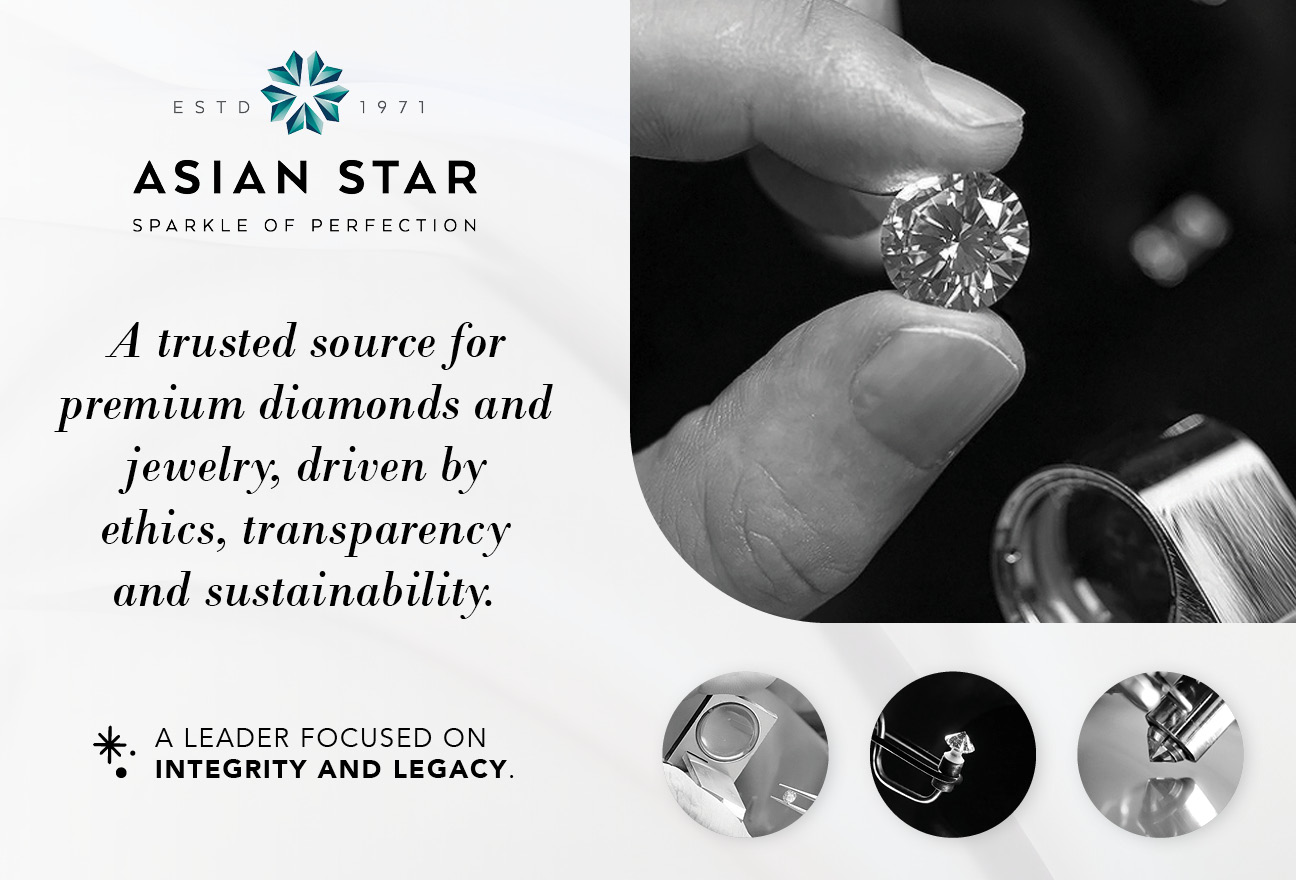
Advertisement
That revenue now comes from major retailers in dozens of countries. Demand soared during the pandemic and Kothari is confident that the recent blip won’t slow long-term growth across the company’s major territories.
“India and the Middle East are tough markets compared to more developed countries, but we still see big opportunities,” he says. “The United Kingdom, Singapore and Hong Kong are all looking to expand their retail base so there are good prospects there, too.
“We only work with the top retailers in each country and try to grow our businesses together as a partnership.”
Embracing Technology
Jewelex India embraces groundbreaking technologies, according to Kothari.
“We’ve always been one of the most innovative companies,” he says proudly.
“We were the first to start machine-set jewelry production in the early 1990s, and now we’re into the second phase of it where we can actually work with two different metals.”
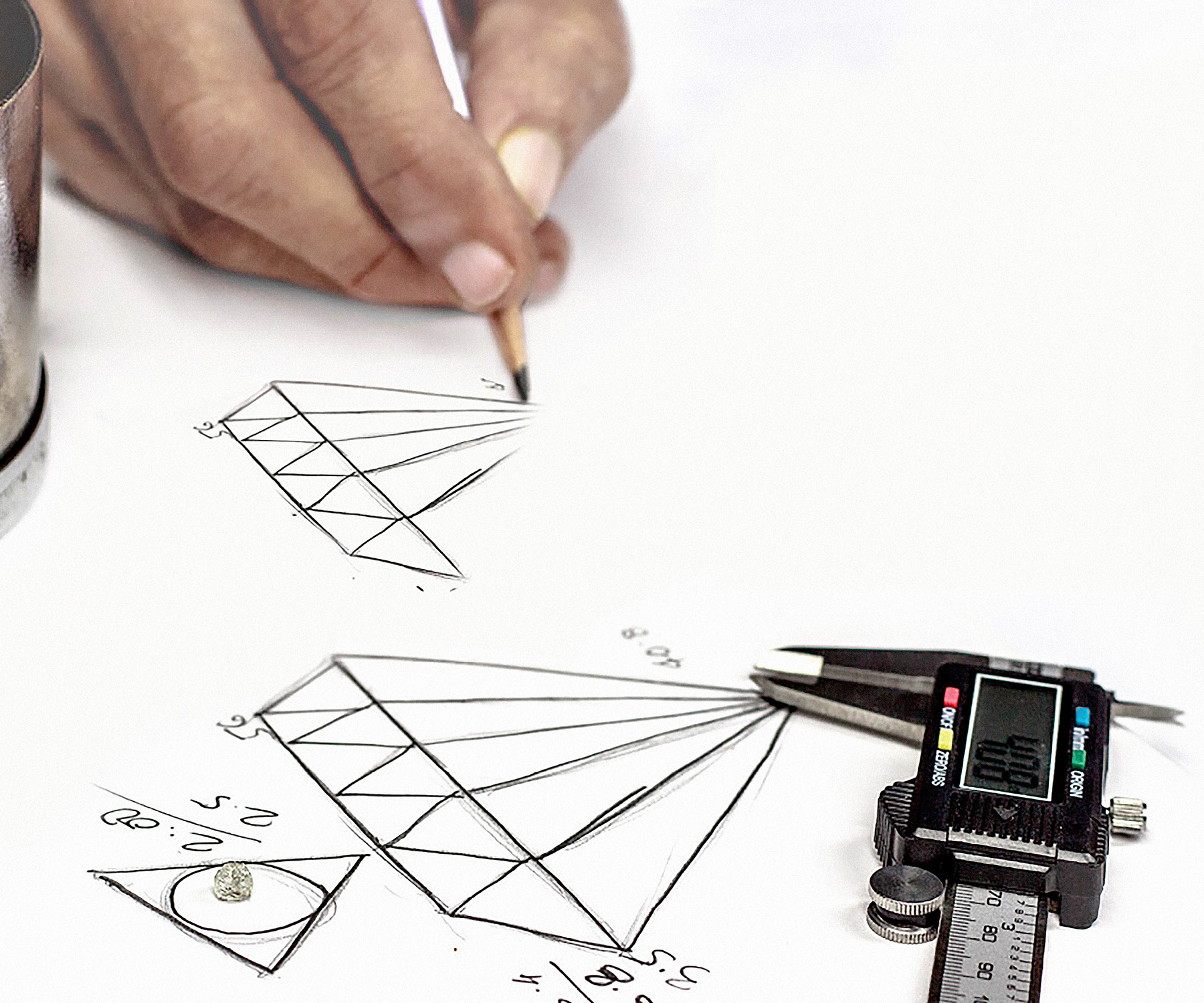
“We make jewelry using 3D printing, which is more precise, with a nicer finishing quality, but that too is evolving.”
The second metal Kothari refers to is platinum, and such is the company’s success with the difficult material that it is now its number two user in India, even winning the Platinum Guild of India award for best manufacturer for the past two years.
“That reflects how we always find ways to do things differently and more efficiently. Our customers look to us to find something new to offer the consumer,” he explains.
What that ‘something new’ is evolves quickly.
“You perfect a technique and then have to move on to continue getting better and better,” he says. “We make jewelry using 3D printing, which is more precise, with a nicer finishing quality, but that too is evolving.”
It seems nothing in diamond production is forever – except perhaps the passion of a man who is just as excited by the translucent precious stones as he was when his family introduced him to their beauty half a century ago.

